Back-to-School Time Brings Chance to Maximize Your Child’s Preschool Program
(NewsUSA) - With the fall season here and parents settling into back-to-school routines, now is an ideal moment to ensure preschoolers are getting the best care and education possible for the year ahead. For many families, this means seeking programs that offer more than just a few hours of pre-K, and that align with family schedules and budgets.
- With the fall season here and parents settling into back-to-school routines, now is an ideal moment to ensure preschoolers are getting the best care and education possible for the year ahead. For many families, this means seeking programs that offer more than just a few hours of pre-K, and that align with family schedules and budgets.
Low or No Cost Options Still Enrolling
Many state and local pre-K programs with free or subsidized tuition are still accepting students, even if the school year has already begun in the area. These public pre-K programs provide foundational learning at little or no cost to families. Checking with your state or school district office, or local early childhood providers, is the first step to finding openings.
Extending Beyond Local Districts
Importantly, some public pre-K programs in local child care centers extend beyond local school districts. In several states, partnerships with providers like KinderCare allow families to access state-funded pre-K in community-based settings, offering parents more options and greater flexibility when choosing where their child learns and grows.
Wrap-around Care Adds Convenience & Value
For parents who need care before and after the state’s allotted pre-K hours, or for full days, wrap-around care is essential. Providers like KinderCare offer full-day programs that extend beyond free pre-K slots, allowing parents with multiple young children to have one convenient drop-off and pick-up. This arrangement eases daily juggling for working parents, means fewer transitions, and ensures children have a consistent, supportive learning environment all day long.
Public Pre-K Partnerships Across the Country
Across the U.S., states are expanding access to early learning by partnering with trusted providers like KinderCare. Families in 19 states can enroll in KinderCare centers that participate in state-funded pre-K programs, giving them access to high-quality education that fits their schedules and budgets. Today, nearly all of these states still have spots available for parents to enroll their children. These partnerships open doors for families who might not otherwise have access to convenient, affordable preschool options.
Some states are going even further: New Mexico, for example, will now offer universal child care for every family in the state, regardless of income. This bold approach ensures that no family must choose between quality early education and affordability.
And as the school year begins, parents have choices. With public pre-K, wrap-around care and state partnerships that extend programs beyond local districts, families can find options that fit both their budget and schedule, while giving children a strong, full-day foundation for learning, growth and success.
Families can find more details on participating states and available programs at kindercare.com/public-prek.

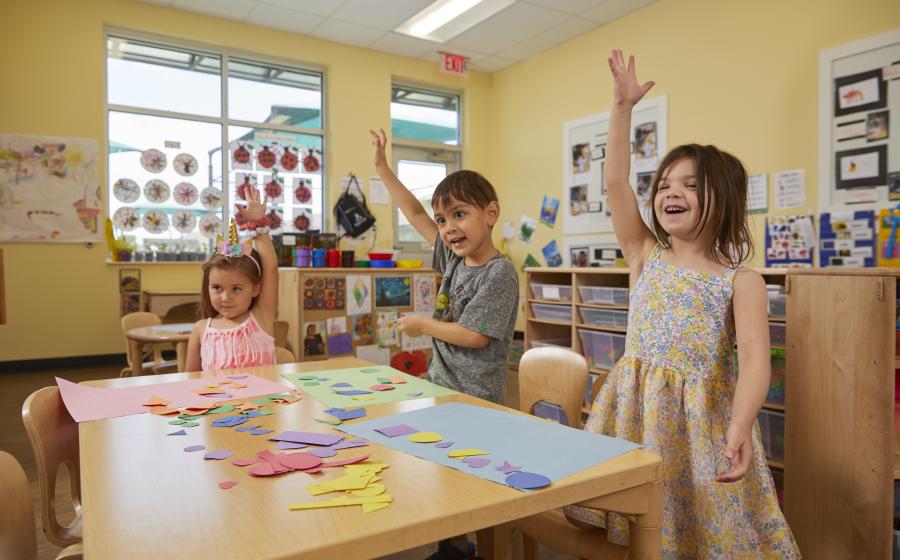

 - As the school year gets underway across the United States, a new report illustrates that student engagement is essential for learning, but gaps remain about how to achieve, measure, and sustain students’ interest in the classroom.
- As the school year gets underway across the United States, a new report illustrates that student engagement is essential for learning, but gaps remain about how to achieve, measure, and sustain students’ interest in the classroom. 
 - In a virtual café, students write resumes, sit for interviews, and take on roles that imitate real-world jobs. In an RV-turned-lab, a health science teacher travels across her state, helping students earn professional certificates. In Colorado, others climb a 13,000-foot mountain while taking steps to earn a wilderness first aid certification. And in Tokyo, a young inventor confidently presents his creation—an AI-powered tool for early cancer detection.
- In a virtual café, students write resumes, sit for interviews, and take on roles that imitate real-world jobs. In an RV-turned-lab, a health science teacher travels across her state, helping students earn professional certificates. In Colorado, others climb a 13,000-foot mountain while taking steps to earn a wilderness first aid certification. And in Tokyo, a young inventor confidently presents his creation—an AI-powered tool for early cancer detection. 
 - Millions Are Affected by NTM Lung Disease Each Year—Experts Call for Earlier Detection, Research, and Patient Support
- Millions Are Affected by NTM Lung Disease Each Year—Experts Call for Earlier Detection, Research, and Patient Support NTM lung disease is caused by environmental bacteria found in water and soil. While many are exposed, people with underlying lung conditions—particularly bronchiectasis—are at higher risk of infection. Alarmingly, new data show that NTM cases are rising by more than 8.2% annually, particularly among women over age 65 and individuals with chronic lung disease. The economic burden per patient can exceed $30,000 per year, underscoring the cost of delayed diagnosis and limited treatment options.
NTM lung disease is caused by environmental bacteria found in water and soil. While many are exposed, people with underlying lung conditions—particularly bronchiectasis—are at higher risk of infection. Alarmingly, new data show that NTM cases are rising by more than 8.2% annually, particularly among women over age 65 and individuals with chronic lung disease. The economic burden per patient can exceed $30,000 per year, underscoring the cost of delayed diagnosis and limited treatment options.
 - Summer is almost here, and the educators at
- Summer is almost here, and the educators at 
 - Across the United States, schools and families are grappling with a troubling rise in chronic absenteeism among students. Chronic absenteeism, defined as missing 10% (18 days) or more school days, has grown significantly since the COVID-19 pandemic. During the 2022-2023 school year, nearly one in three students was chronically absent, with even higher rates for students with disabilities, students of color, and students learning English as a second language.
- Across the United States, schools and families are grappling with a troubling rise in chronic absenteeism among students. Chronic absenteeism, defined as missing 10% (18 days) or more school days, has grown significantly since the COVID-19 pandemic. During the 2022-2023 school year, nearly one in three students was chronically absent, with even higher rates for students with disabilities, students of color, and students learning English as a second language.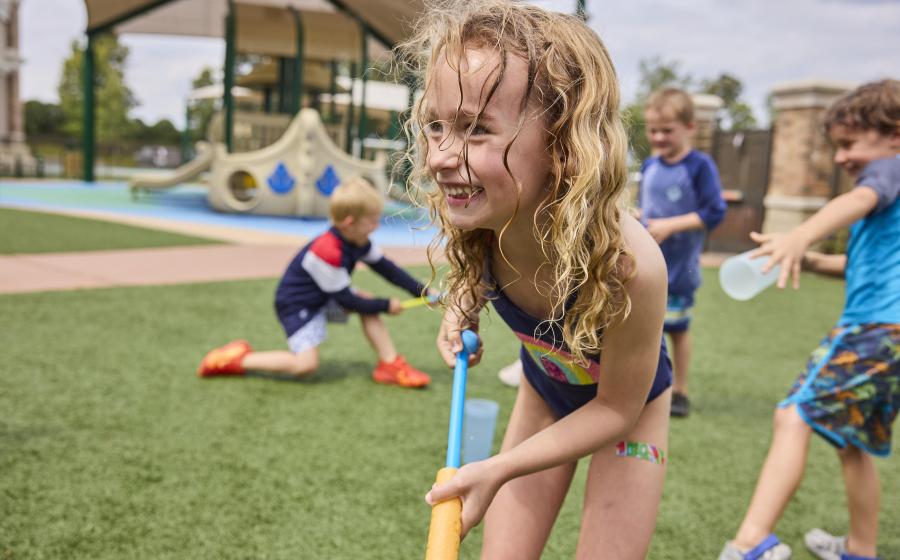
 - Spring break often reminds families of the approach of summer and the need to find the best summer camp experiences for their children. Whether a child is entering kindergarten or transitioning to middle school, there’s a camp to suit their interests and needs, as well as those of their parents. It can be hard to sort through the many options (and price points) available to determine what’s best for each child.
- Spring break often reminds families of the approach of summer and the need to find the best summer camp experiences for their children. Whether a child is entering kindergarten or transitioning to middle school, there’s a camp to suit their interests and needs, as well as those of their parents. It can be hard to sort through the many options (and price points) available to determine what’s best for each child.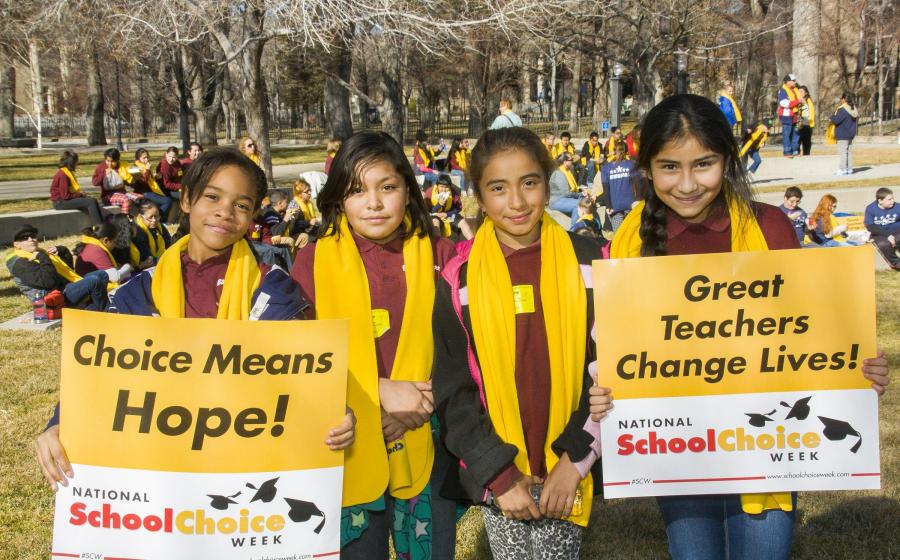
 - Fifteen years ago, I made a life-changing decision: leaving my home country of El Salvador for America. Like so many immigrants, my goal was to provide more opportunities for my family. That journey, while challenging, shaped my path as an advocate for education and a voice for Latino families.
- Fifteen years ago, I made a life-changing decision: leaving my home country of El Salvador for America. Like so many immigrants, my goal was to provide more opportunities for my family. That journey, while challenging, shaped my path as an advocate for education and a voice for Latino families.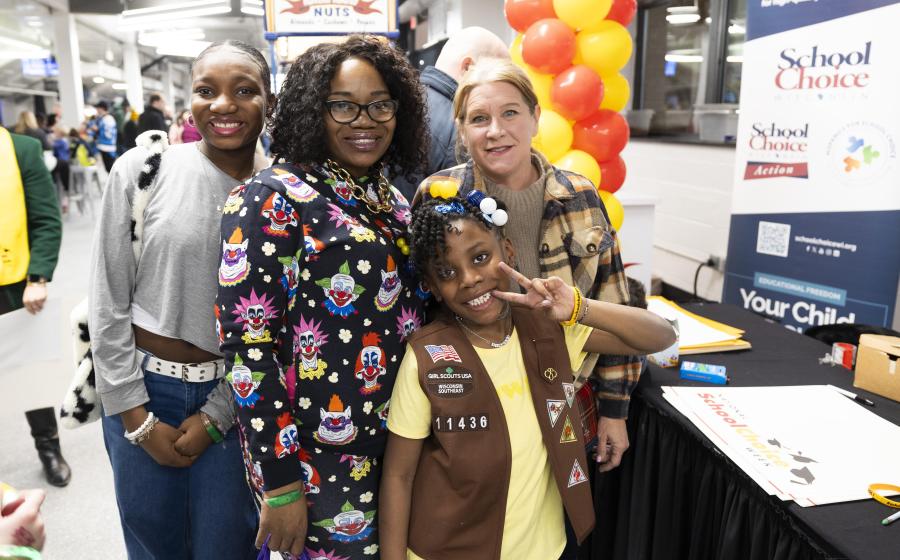
 - What would you do if you felt your child´s school wasn't helping them reach their full potential? For a growing number of parents, the answer is to look for alternatives.
- What would you do if you felt your child´s school wasn't helping them reach their full potential? For a growing number of parents, the answer is to look for alternatives. 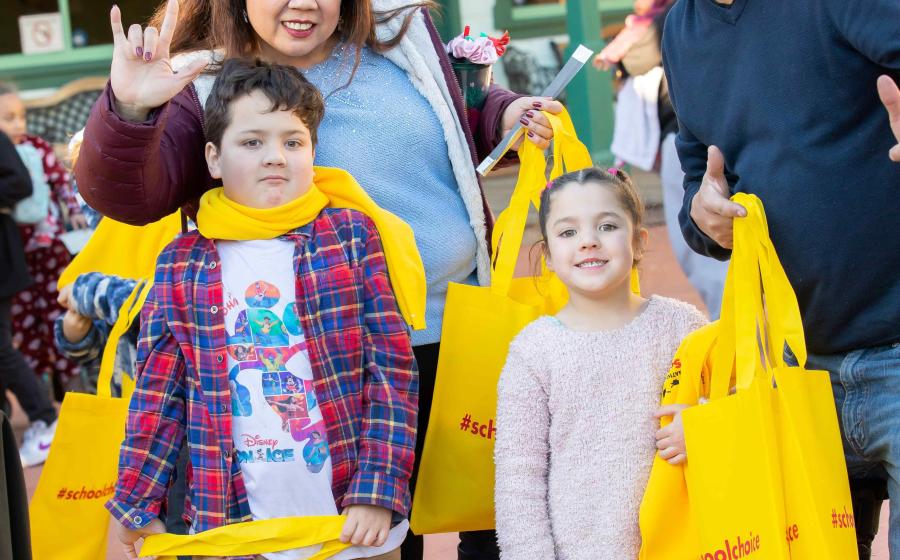
 - Fifteen years ago, when
- Fifteen years ago, when 